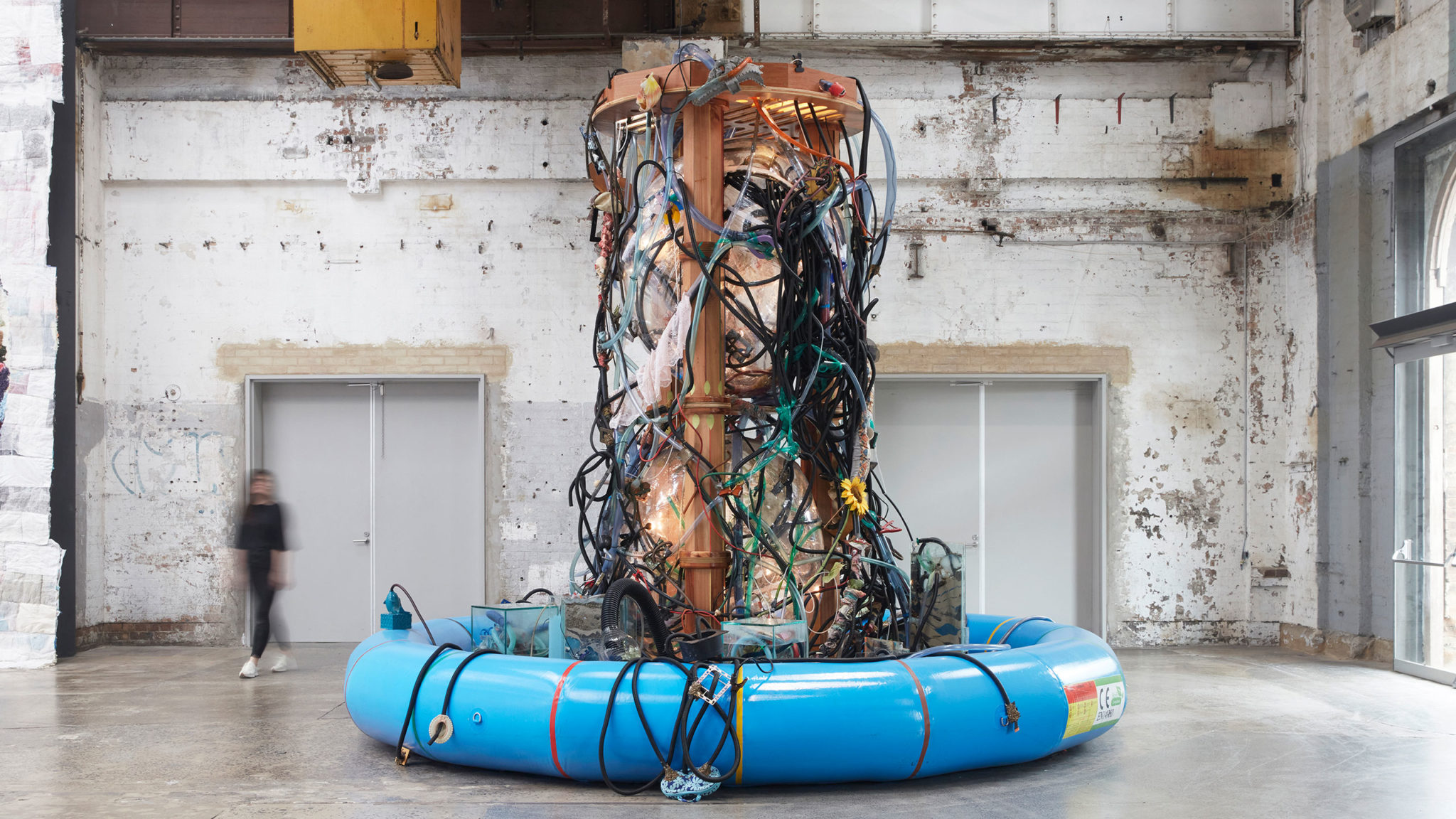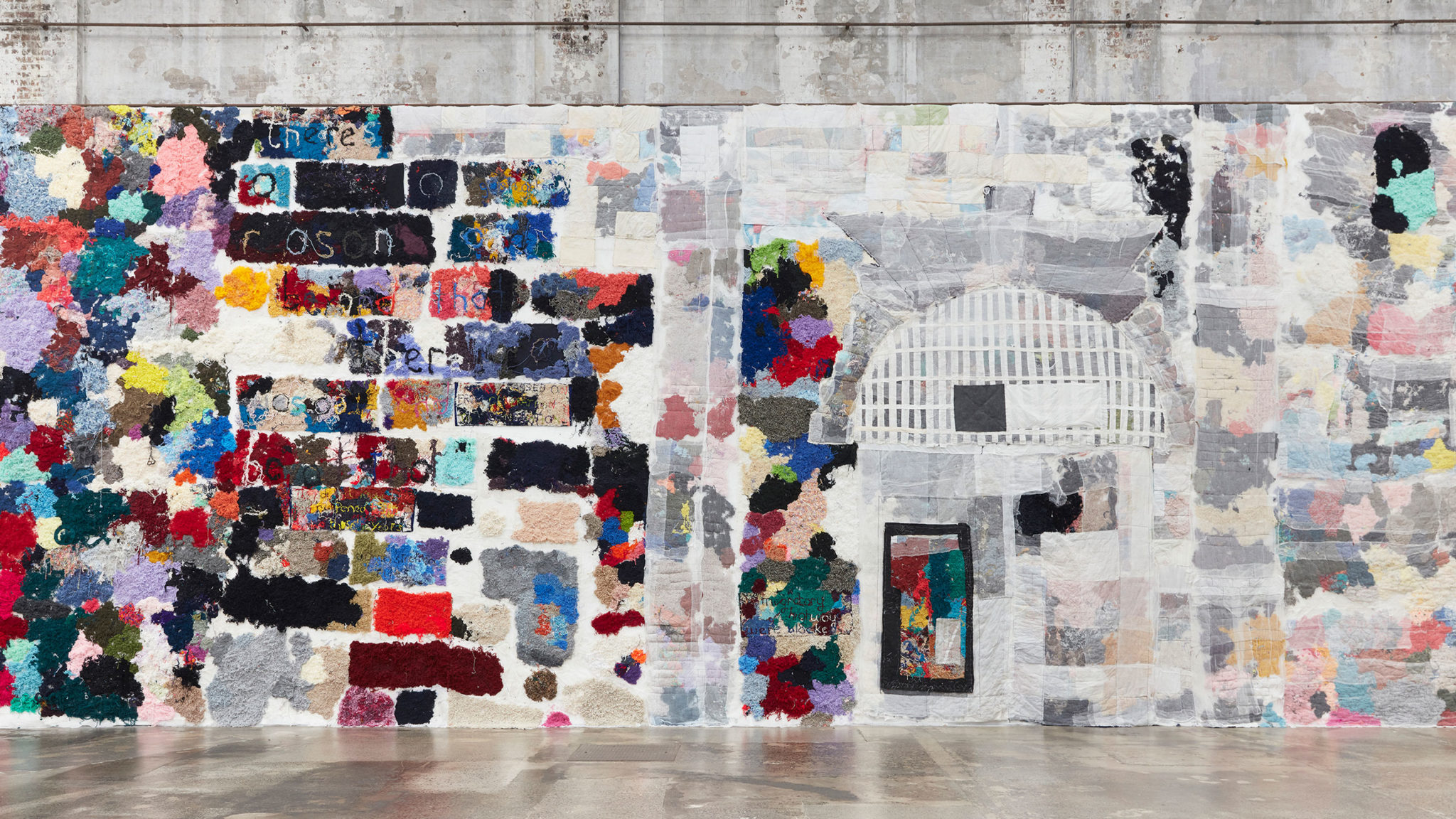The National is a biennial survey of contemporary Australian art. The National 4: Australian Art Now brings together 48 new artists projects involving more than 80 artists across Country, generations and communities. A partnership between four leading Sydney cultural institutions: the Art Gallery of New South Wales, Campbelltown Arts Centre (C-A-C), Carriageworks and the Museum of Contemporary Art Australia (MCA Australia). Entry is free across all venues.
The 2023 edition of The National 4 will be curated by Freja Carmichael and Aarna Fitzgerald Hanley at Carriageworks; Beatrice Gralton at the Art Gallery of NSW; Emily Rolfe at Campbelltown Arts Centre; and Jane Devery at the MCA Australia.
Carriageworks
30 March – 25 June 2023
Art Gallery of New South Wales
24 March – 23 July 2023
Museum of Contemporary Art Australia
31 March – 25 June 2023
Campbelltown Arts Centre
30 March – 25 June 2023
Entry to the exhibition is free at the four institutions.
Susan Balbunga
Warrawarra
Born 1953
Lives and works Yurrwi (Milingimbi), Northern Territory, Milingimbi Art and Culture
Frances Barrett
Born 1983, Guringai and Darug Country, Sydney
Lives and works Kaurna Country, Tarntanya, Adelaide, South Australia
Elizabeth Day
Born 1954, Wigan Lancashire, United Kingdom
Lives and works Gadigal Country, Sydney and Nuenonne (Bruny Island), Tasmania
Nicole Foreshew
Wiradjuri
Born 1982, Darug Country, Sydney
Lives and works Gumbaynggirr Country, Mid-North Coast, New South Wales
Heather Koowootha
Wik-Mungkan and Yidinji/Djabugay peoples
Born 1966, Yarrabah, Queensland
Lives and works Gimuy (Cairns), Queensland
Jo Lloyd
Born 1975, Wurundjeri/Boon Wurrung Country, Naarm (Melbourne)
Lives and works Wurundjeri/Boon Wurrung Country, Naarm (Melbourne)
Naminapu Maymuru-White
Maŋgalili Clan, Yolŋu people
Born 1952, Yirrkala, Northern Territory
Lives and works Yirrkala, Northern Territory, Buku-Larrnggay Mulka Centre
Jason Phu
Born 1989, Gadigal Country, Sydney
Lives and works Gadigal Country, Sydney
Teho Ropeyarn
Angkamuthi/Yadhaykana clans, Northern Cape York
Born 1988, Mount Isa, Queensland
Lives and works Gimuy (Cairns), Queensland
Erika Scott
Born 1987, Biloela, Queensland
Lives and works Quandamooka Country, Ngudooroo (Lamb Island), Queensland
Katie West
Yindjibarndi
Born 1988, Whadjuk Noongar Country, Boorloo (Perth), Western Australia
Lives and works on Noongar Ballardong Country, Western Australia
Find information on the Public Program here.
Presented by Carriageworks, Art Gallery of NSW, Museum of Contemporary Art and Campbelltown Arts Centre.
Supported by Strategic Sponsor Destination NSW, Government Partners NSW Government, Australia Council for the Arts, Australian Government Visual Arts and Craft Strategy NSW, Campbelltown Council, and Major Partner Bloomberg.
Image 1: Left to right: Susan Balbunga, Bamugora, 2023. Naminapu Maymuru-White, Milŋiyawuy – Celestial River, 2023. Katie West, The women plucked the star pickets from the ground and turned them into wana (digging sticks) 2023. Installation view, The National 4: Australian Art Now, Carriageworks. Photo: Zan Wimberley
Image 2: Elizabeth Day, The Flow of Form: There’s a Reason Beyond a Reason. Beyond That There’s a Reason (1797 Parramatta Gaol), Carriageworks, Redfern, 2023. Installation view, The National 4: Australian Art Now, Carriageworks. Photo: Zan Wimberley
Image 3: Erika Scott, The Circadian Cul-de-sac, 2023. Installation view, The National 4: Australian Art Now, Carriageworks. Photo: Zan Wimberley
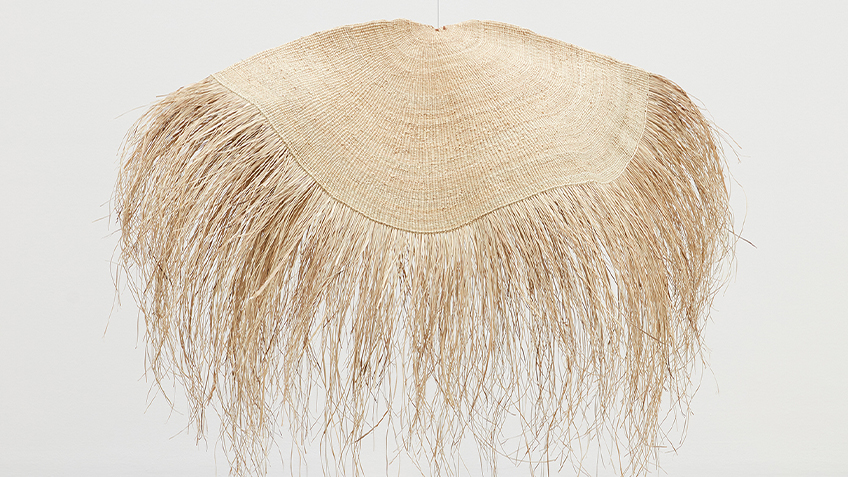
Woven from gunga (Pandanus spiralis), bamugora (conical mat) holds metaphoric, cultural and physical meaning. Growing up with her family in the bush, Susan Balbunga learnt knowledge about, and practices of, Country, including stories of bamugora.
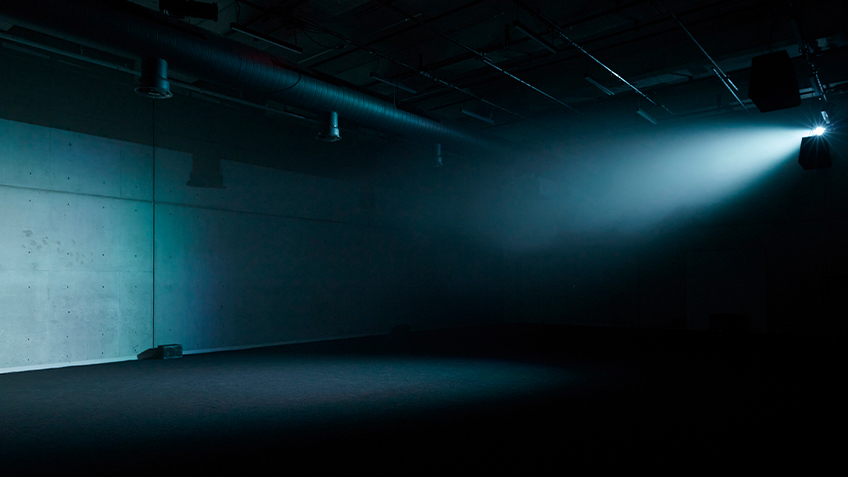
Together with vocalist Joanna Fabro and sound designer Felix Abrahams, Cry continues Frances Barrett’s work with the voice and listening. This experimental sound installation layers multiple improvised performances that vocalise the same score. We hear a tender cry. Rocking, awakening, leaking, a voice calls and howls into a void. With no reply, the cycle repeats.
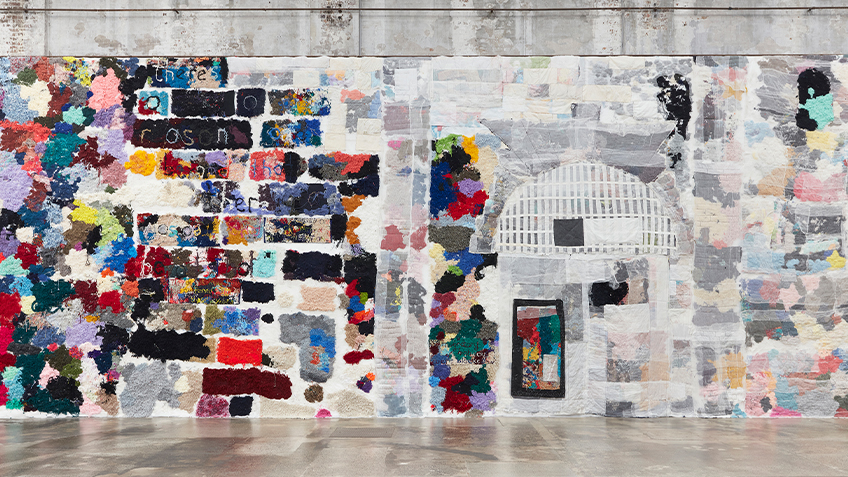
The 22-metre-long artwork The Flow of Form: There’s a Reason Beyond a Reason. Beyond That There’s a Reason (1797 Parramatta Gaol), Carriageworks, Redfern responds to places of incarceration and their abiding damage. It conjures, in Day’s words, ‘the prison on the landscape’ as an image of colonial Australia that persists today. The performative textile offers a tender reply to a hard history, rearranging the unravelled tendrils of op shop woollens into a mottled ‘painting’.
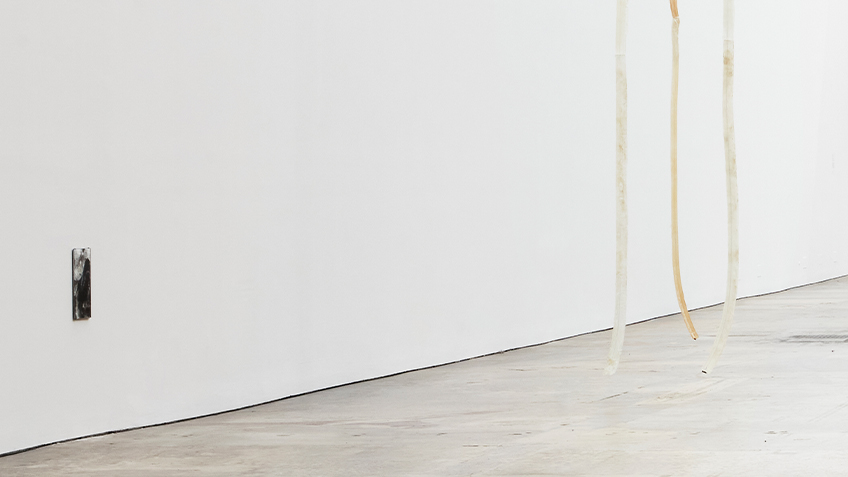
Nicole Foreshew draws on a personal story involving her family and the police to articulate the broader context of colonisation and its persistence. In Dreaming (the weight of collective crimes), prisms specked with mica are suspended, connecting the sky and the ground in a long continuous line to refract the nation’s prejudice. Adjacent, a snarling dog confronts the viewer’s reflection in Run (like you have never done).
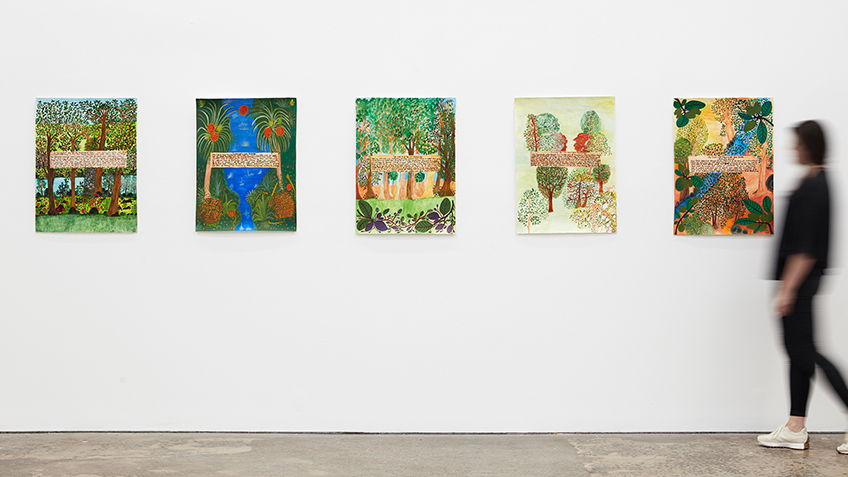
Heather Koowootha is a visual storyteller who documents and shares cultural knowledge learnt through her family and kin from a young age. The Bush people’s walking path ways of Country site’s and story places is a series of watercolours on paper that share traditional ecological knowledges of plants. Collectively, they represent an interrelated web linking people and Country across time.
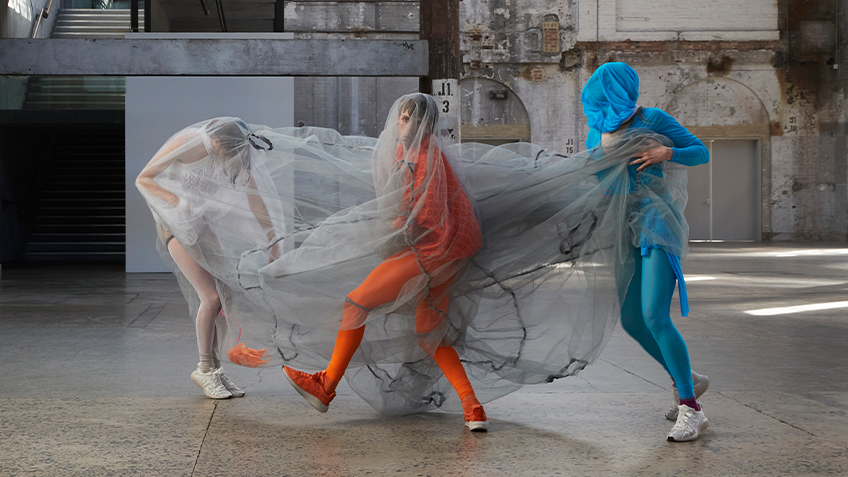
FM Air is a new dance by Jo Lloyd, performed three times during The National 4. Presented in Carriageworks’ Public Space, the three performers move in a continuous bind, oscillating in a transparent fabric bag. Over 40 minutes, we watch as they attempt to suspend thought through motion. Register now
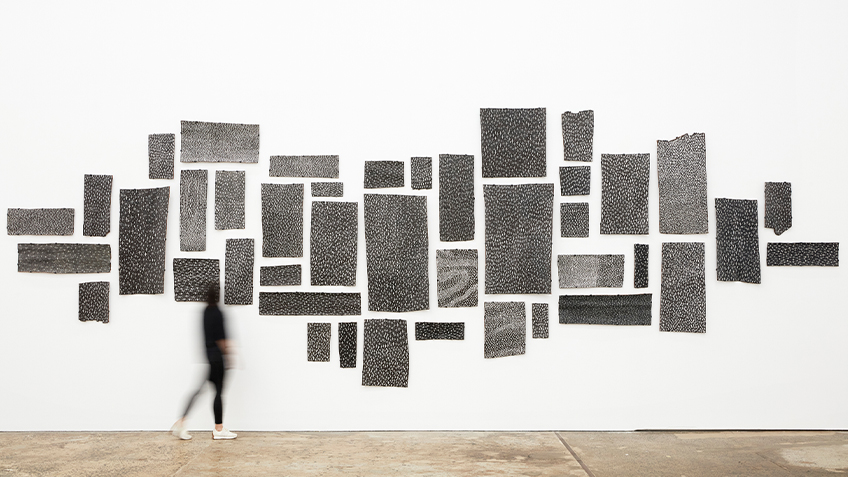
Connecting us all, Naminapu Maymuru-White paints the River of Stars, Milŋiyawuy, also known as the Milky Way. In black and white ochre, Milŋiyawuy – Celestial River maps a galaxy in a meandering line across the gallery wall. This work speaks to how culture flows from a deep and eternal source – Ancestors and Country.
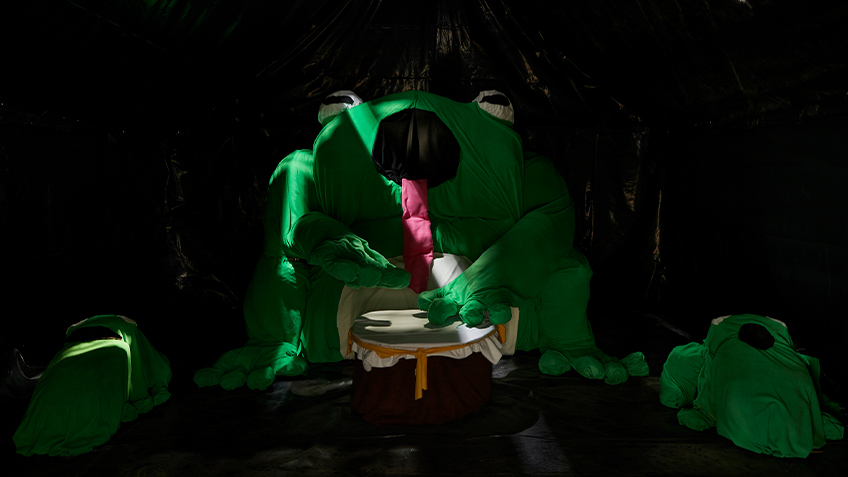
Working across many forms, Jason Phu plays with language and symbolism taken from contemporary and traditional cultures to create work that is unapologetically personal, fantastical and irreverent. In frog band plays in a frog pub to small frogs in the frog swamp at the beginning of time, Phu conflates memes, cartoons, and Chinese and Vietnamese proverbs to create a shrine to this funny creature.
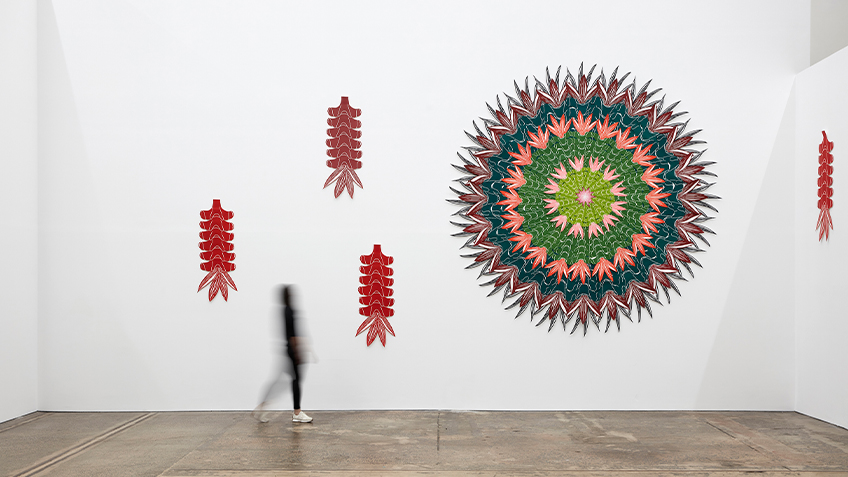
For Teho Ropeyarn, family, Country and culture are carved into each line of his prints, embodying his connection to the Injinoo community, Cape York. Through print making and sound, Wintinganhu (sister-in-law), honours Jennifer, Ropeyarn’s mother who inherited the cultural responsibility of Marigeth (Spirit Hands), representing the hands that look after the spirit.
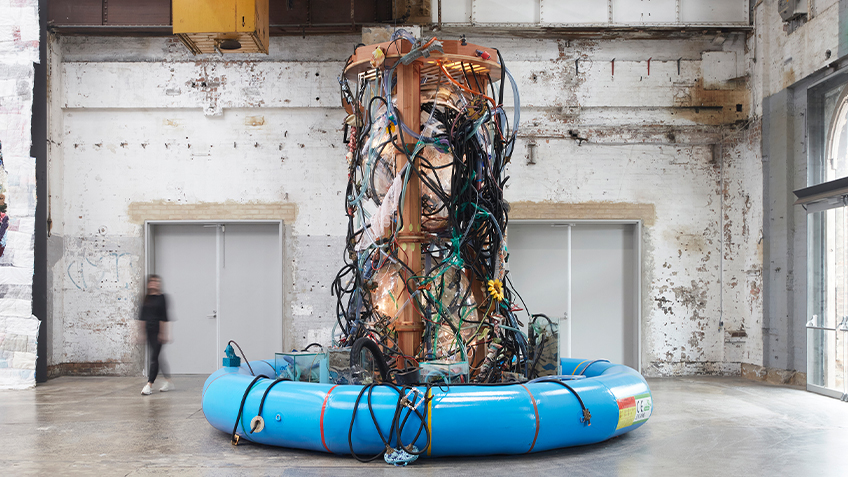
Discarded fish tanks, tyres, Tampax instructions, empty photo frames, knick-knacks and other stuff are assembled by Erika Scott in The Circadian Cul-de-sac. Playing with surfaces to explore sensation, this work tests how personal understandings relate to broader systems and currencies.
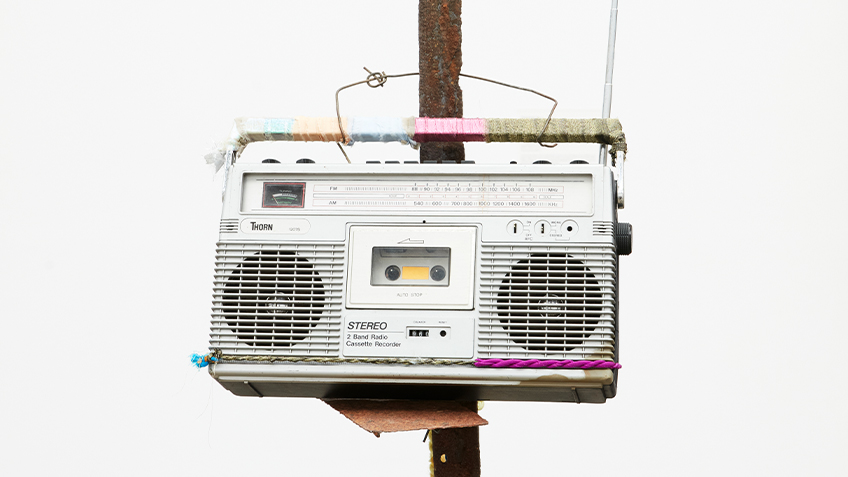
Katie West draws attention to the ways in which stories, places, histories and futures can be woven together. The women plucked the star pickets from the ground and turned them into wana (digging sticks) is an assemblage of sound and materials found on Country. Her work considers the similarity of form and physical implementation between wana (digging stick) and the steel star picket fencing post used in industrial agriculture.
